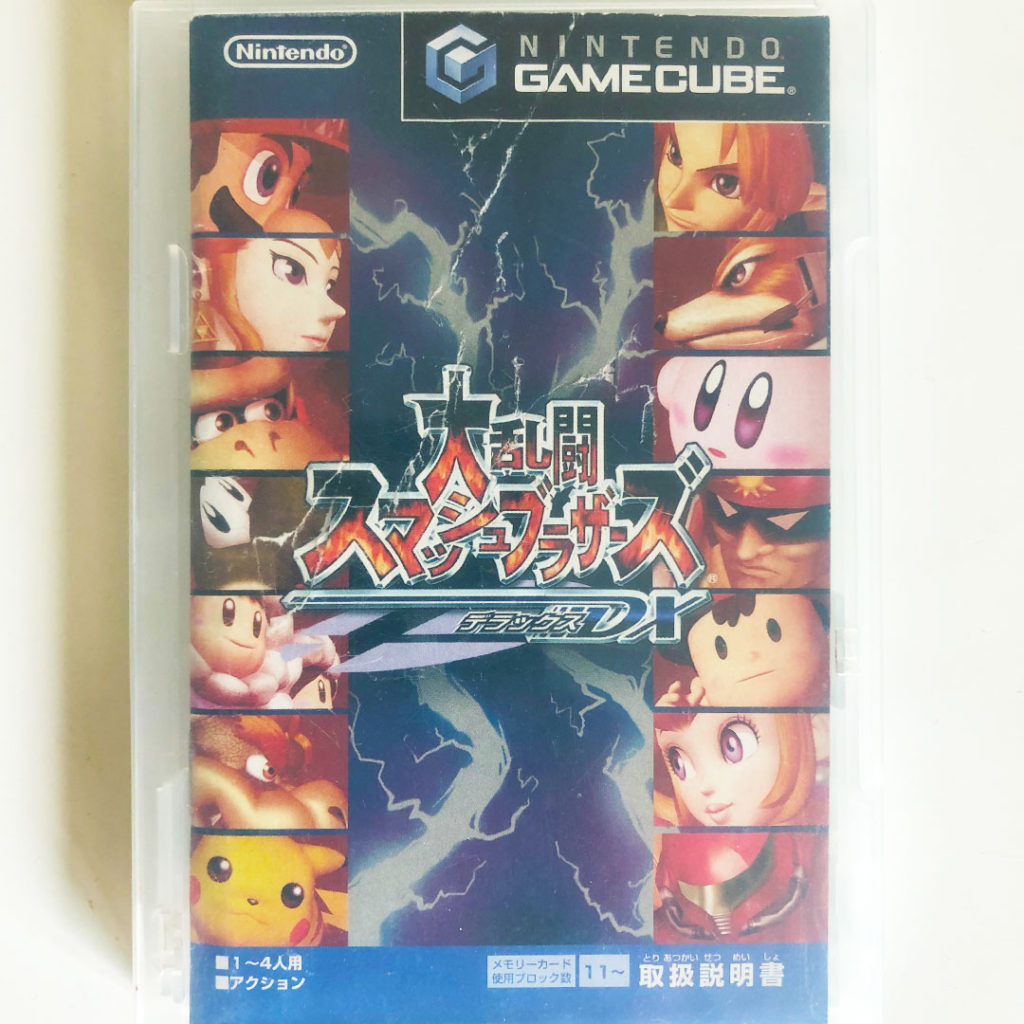

These days, this one-of-a-kind game has seen its value skyrocket, with listings on eBay up to $1000 depending on its condition. Despite a very adult sounding premise, the lo-fi visuals and whimsical presentation give the game an almost relaxing ambience, with a deep and satisfying mutation system as part of the game’s compelling feature set. Billy Hatcher and the Giant Egg (2003) VIEW ON EBAY Billy Hatcher and the Giant Egg is the most underrated GameCube title of 2021. Pretty neat huhNintendo GameCube Japan RetroFollow me on stuff:T. Mutations are gained by eating other animals and mating, breeding stronger attributes through successive generations of Cubivores. It’s definitely one of the most underrated GameCube games out there and a real must-have for Ninty fans. I this video a take a look at some GameCube titles that never made it outside of Japan. Players control a ‘Cubivore’ – a very basic cuboid-creature – with the intent of rising to the top of the food chain by mutating until they’re strong enough to defeat the powerful ‘Killer Cubivore’. Originally in development for the Nintendo 64’s ill-fated 64DD peripheral – which explains the game’s dated, low-resolution look compared to its contemporaries – Cubivore was published by Nintendo in Japan, but picked up by Atlus to release in the US when Nintendo decided not to localise it themselves. So what is number one on our top rare Gamecube games list? So let’s take a look at some rare Gamecube games! Note: I’ve kept bundles and limited edition titles out of the list, instead opting for standard editions of games that should have been available at normal retail channels during the console’s lifespan. The proprietary discs and overall sales of the console were likely a big factor in many games seeing much smaller print runs and a higher level of rarity and desirability for collectors nowadays, which makes for a sometimes baffling and unexpected list of rarities, as you’ll see. It just could not keep up with the then-newly-released Xbox and PS2. Because of the launch time of the GameCube console, it failed in the world of gaming.

The small discs and toy-like console aesthetics didn’t endear the console to an audience that had been maturing in average age since the introduction of the PlayStation in the mid-90s, which perhaps accounts for the fact that – despite a good number of excellent titles that are still highly regarded to this day – the GameCube simply didn’t fulfil its destiny as Nintendo’s expected comeback (though that has since come to fruition – which is a story for another day, perhaps). Even though GameCube had some gems such as the Super Mario Brothers, The Legend of Zelda, Star Wars, Resident Evil, Pokémon, Sonic The Hedgehog, Metal Gear Solid, etc. The console saw the company make a long-overdue shift to optical media, but stopping short of using standard size DVDs – instead taking the very Nintendo-esque move of using smaller, proprietary discs, mainly to reduce piracy but also to avoid paying licensing fees to the industry’s DVD Forum. It’s hard not to view Nintendo’s aesthetically unique GameCube console as a disappointment in sales terms.


 0 kommentar(er)
0 kommentar(er)
